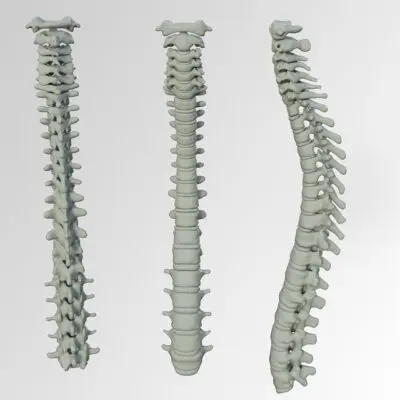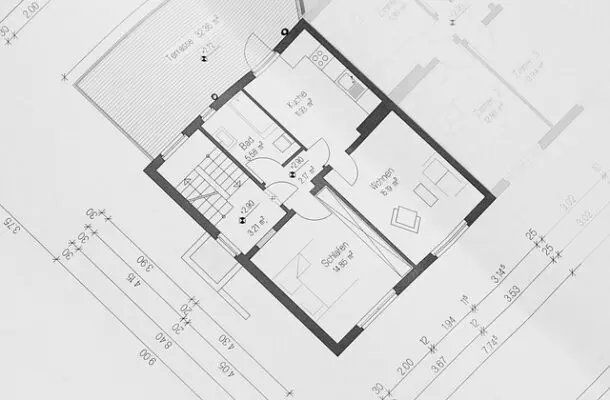The Benefits of Ergonomic Office Furniture for Employee Health
In today’s fast-paced work environment, the well-being of employees is more critical than ever. As businesses strive to create productive and healthy workplaces, ergonomic office furniture has become an essential component. Ergonomic furniture is designed to support the body’s natural posture, reduce discomfort, and prevent injuries. In this blog post, we will explore the benefits of ergonomic office furniture and how it contributes to employee health and overall workplace efficiency.
Reduction of Physical Discomfort and Pain
One of the primary benefits of ergonomic office furniture is its ability to reduce physical discomfort and pain. Traditional office chairs and desks often force employees into unnatural positions, leading to issues such as back pain, neck strain, and wrist discomfort. Ergonomic chairs, for example, are designed with adjustable features that support the spine’s natural curve, reduce pressure on the lower back, and allow for proper alignment of the head and neck.
Ergonomic desks, particularly those with adjustable heights, allow employees to switch between sitting and standing positions throughout the day. This flexibility helps alleviate strain on the back and shoulders, reducing the risk of developing chronic pain. Additionally, ergonomic keyboards and mice are designed to minimize strain on the wrists and hands, helping prevent conditions like carpal tunnel syndrome.
Improved Posture and Alignment
Good posture is crucial for overall health, and ergonomic office furniture plays a significant role in promoting proper alignment. Ergonomic chairs typically feature adjustable seat heights, backrests, and armrests, allowing employees to customize their seating position. This customization ensures that their feet are flat on the floor, knees are at a 90-degree angle, and arms are parallel to the desk.
Proper posture not only reduces the risk of musculoskeletal disorders but also enhances breathing and circulation. When employees sit correctly, their lungs have more room to expand, leading to better oxygen flow throughout the body. Improved circulation reduces the risk of developing varicose veins and other circulatory issues, contributing to overall well-being.
Increased Productivity and Efficiency
Comfortable employees are productive employees. When workers are not distracted by discomfort or pain, they can focus better on their tasks. Ergonomic office furniture helps reduce fatigue and increases energy levels, allowing employees to work more efficiently. The ability to adjust furniture to individual needs means that each employee can find their optimal working position, minimizing the time spent adjusting and readjusting their setup.
Moreover, ergonomic furniture can help reduce absenteeism due to work-related injuries or discomfort. Employees who work in a supportive environment are less likely to experience health issues that require time off, leading to a more consistent and productive workforce.
Prevention of Work-Related Injuries
Work-related musculoskeletal disorders (MSDs) are a significant concern in office environments. These disorders can result from repetitive motions, prolonged sitting, or poor posture. Ergonomic office furniture is specifically designed to mitigate these risks by supporting the body’s natural movements and reducing strain on muscles and joints.
For example, an ergonomic chair with lumbar support helps maintain the natural curve of the spine, preventing lower back pain. Adjustable desks encourage movement and prevent the stiffness associated with prolonged sitting. Ergonomic keyboards and mice reduce the repetitive strain on the wrists, helping prevent conditions like tendinitis and carpal tunnel syndrome.
Enhanced Employee Well-Being and Morale
Investing in ergonomic office furniture sends a positive message to employees: their health and well-being are valued. This investment can significantly boost employee morale and job satisfaction. When employees feel that their employer cares about their comfort and health, they are more likely to be engaged and motivated in their work.
A comfortable and supportive work environment also fosters a positive company culture. Employees are more likely to collaborate and communicate effectively when they are not distracted by physical discomfort. This improved morale and engagement can lead to higher retention rates, as employees are more likely to stay with a company that prioritizes their well-being.
Cost Savings for Employers
While ergonomic office furniture may require an initial investment, the long-term cost savings can be substantial. Reduced absenteeism, fewer work-related injuries, and increased productivity all contribute to a more efficient and cost-effective workplace. Employers can also benefit from lower healthcare costs, as employees experience fewer medical issues related to poor ergonomics.
Additionally, investing in high-quality ergonomic furniture can reduce the need for frequent replacements or repairs. Durable, well-designed furniture tends to have a longer lifespan, providing better value over time.
Customization and Adaptability
One of the key advantages of ergonomic office furniture is its adaptability to different users. Ergonomic chairs, desks, and accessories often come with a range of adjustable features, allowing each employee to customize their workspace to suit their specific needs. This customization ensures that the furniture can accommodate a diverse workforce, including individuals of different heights, weights, and physical abilities.
In today’s evolving work environment, where remote and flexible work arrangements are becoming more common, the adaptability of ergonomic furniture is particularly valuable. Employees can easily adjust their setup whether they are working from the office, at home, or in a co-working space, ensuring consistent comfort and support.
Conclusion
Ergonomic office furniture is an essential investment for any business looking to prioritize employee health and well-being. By reducing physical discomfort, improving posture, and preventing work-related injuries, ergonomic furniture enhances productivity and efficiency in the workplace. It also boosts employee morale and job satisfaction, leading to a more engaged and loyal workforce. While the initial investment may be higher, the long-term benefits, including cost savings and a healthier work environment, make ergonomic office furniture a smart choice for any organization. Investing in ergonomic solutions is not just about meeting health and safety standards; it’s about creating a workplace where employees can thrive and perform at their best.




